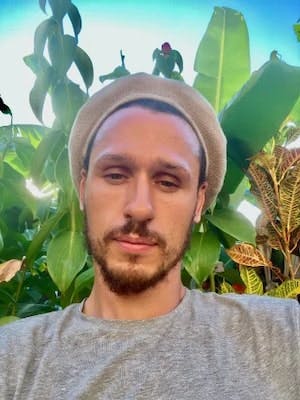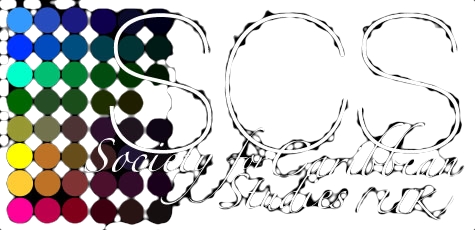
Philogene-Heron, Adom
Dr @ University of Bristol
Bio
Ethnographer of the Caribbean whose work spans: (I) Black ecologies, hurricanes, survivals & repair; (II) the material and affective afterlives of Bristolian slavery; & (III) Caribbean kinship and fatherhood. Methodologically, I'm committed to collaborative & experimental ethnographies (incl. digital cartography, visual, sound, Caribbean poetics). My scholarly praxis seeks the 'grounding' of urgent questions –e.g. on environmental racial justice, how we remember slavery and Caribbean fatherhood– within public dialogues Currently I am PI on the £0.5M GCRF Surviving Storms | CCC project, aiming to digitally map hurricane survivals and repair in Dominica. I have written for Antipode, JRAI, Transforming Anthropology, Sargasso, Suomen Antropologi, SAA Archaeological Record, Public Books, numerous edited books and featured on several multimodal platforms (Surviving Society, Geographies of Risk, Mandem x Barbican). I am part of Bristol Black Humanities, The Dark Laboratory and Goldsmiths Critical Ecologies collectives. From 2017-2022 I worked as a Lecturer in Anthropology at Goldsmiths University of London (UoL). Prior to that I undertook a short post-doc (during 2017) at the Centre for Latin American and Caribbean Studies (CLACS), The School of Advanced, University of London - where I developed the Caribbean Studies Special Collection @ Senate House Library.
Geographical location : Bristol, UK
Research Area and Interest : Anthropology
Social Media
Past Conference(s)
Past Panel(s)
Past presentation(s)
- Summary: ‘Rivers have memory’, so the saying goes in Dominica, Eastern Caribbean, the most mountainous isle of the Antilles. Waitikubuli, ‘tall is her body’, is the name given by the island’s indigenous Kalinago people to a volcanic, rainforested landmass with its rivers that come perilously to life with heavy rainfall. Their memory is revealed by their shifting courses, moving along fluvial plains and paths where they once flowed. During hurricane Maria of 2017, Dominica’s rivers ‘showed themselves’, as one friend and survivor put it. They demonstrated their propensity for destruction as they carried boulders, trees, debris and vehicles through communities, causing loss of life, livelihoods and destruction of homes along the way. Yet, in the aftermath of such storms the river also becomes a vital place to wash oneself, one’s clothes, much as villagers had in earlier times. Rivers become meeting points and places of sociality too. And they wash down seeds, soils and objects, depositing them anew in novel locations - bringing life in unexpected places. Returning to my maternal ancestors’ island in the wake of a hurricane and tropical storm this paper plots a fragmented route through three cyclones – recent and historic – that have deeply impacted Dominica. It bears witness to these effects on friends and loved ones, then tracks some of their survival plots - place based narratives of living on from such disasters. My intention here is to think how rivers form moving sites of destruction and repair for those who dwell besides them. And, then to ask what can be learned from the memories they bear; to investigate the animate power and place of the river in the cosmologies of Caribbean peoples. People who are more often thought of in relation other bodies of water - ocean and sea - than the rivers, ravines and streams that cleave their land.
- Event:
